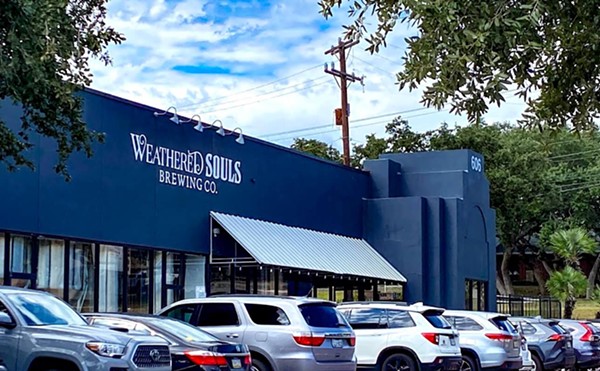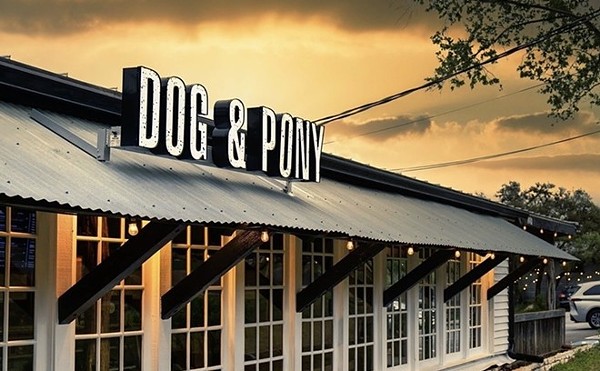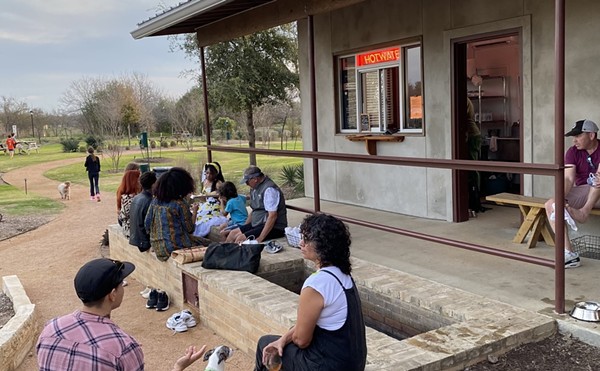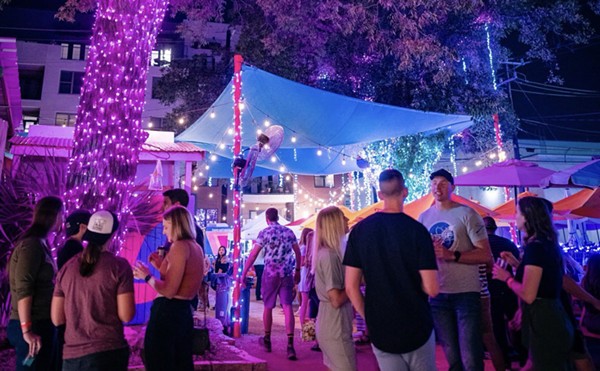Years from now we’ll know if 2007 is remembered as the year that local food-ism entered the limelight for good, or as the year that Monsanto, simultaneously the world’s largest vegetable seed company and the world’s largest genetically modified seed company, quietly won the worldwide war over genetically modified crops. Or both.
The new last year didn’t bring a nationwide plague of spinach-borne e-coli poisonings. Nonetheless, the ramifications of the 2006 contamination and recall of bagged spinach – including some certified organic spinach – helped convince the public that big vs. small and local vs. distant are agricultural distinctions at least as important as organic vs. conventional and genetically modified vs. selectively bred. The e-coli scare sent sales of spinach at farmers’ markets through the roof as consumers grew wary of mass-produced spinach of unknown origin. This helped grease a movement in which small farmers across the country are letting their USDA organic certifications expire, and focusing instead on the trust they have built over the years with their customers.
As organic certification becomes ever more a system for allowing Big Agriculture to cash in on the organic premium at the marketplace, it offers little upside to small farmers while demanding thousands of dollars in fees and endless paperwork. So more and more small farmers are banding together to create their own regional marketing labels based on shared principles and practices, and holding each other to locally tailored versions of what’s often called the “farmer’s pledge.”
On the literary scene, “locavore” was chosen as the Oxford American Dictionary’s word of the year, and Michael Pollen’s book, The Omnivore’s Dilemma, which explores many sides of organic, local, and industrial agriculture, has been wildly successful.
In the trenches, urban areas across America are passing ordinances to allow small numbers of chickens for personal use (eggs, meat, fertilizer, fun), and city councils are voting to stop subdivisions on prime agricultural land – because it’s prime agricultural land.
But according to Monsanto strategist Carl Casale, as reported in BusinessWeek, small organic farms are not going to change the way the vast majority of food and produce is grown. “There are not enough cities to tear down to bring the extra land into production that we would need to farm with those practices to feed this country and this planet,” Casale claimed.
Meanwhile, a recent University of Michigan study demonstrated that organic practices can out-produce conventional practices – tripling production in some cases. The catch is that such practices are often labor-intensive and non-mechanizable. But Casale is misleading to imply that feeding the world sustainably requires tearing down cities.
Casale would be more truthful if “those practices” that he mentions included growing enough animal food to feed meat daily to the growing wealthy classes of India and China. Raising animals may be a grossly inefficient way of feeding people, but it’s good for business, and a big reason why Monsanto recently passed the billion-acre mark for land planted with its GMO seeds. That includes over half of U.S. croplands, and nearly 70% of all packaged foods sold in American stores containing GMOs. At this point, suggests Monsanto CEO Hugh Grant, “the conversation moves from ‘what if’ to ‘what is.’”
Monsanto gained this measure of success by adopting a more friendly corporate veneer, toning down its habit of suing farmers, sharing its scientific research in peer-reviewed journals, taking a more conciliatory attitude toward GMO critics and, most importantly, by getting out – at least for now – of the vegetable business. Instead of trying to sell genetically modified tomatoes, for example, to an unwilling public, Monsanto has suspended its table-food projects and focused on commodities like soy, corn, cotton, and canola. This allows GMOs to enter the market via myriad Trojan horses like biofuels, t-shirts, animal feed, corn syrup, and cooking oil.
BusinessWeek calls this a decisive victory for Monsanto, noting “the undeniable fact `that` during the 12 years since the first biotech seeds were planted, the most dire predictions of Monsanto's opponents have so far failed to come true.”
Not surprisingly, this has prompted some swaggering at company headquarters. “In interviews with BusinessWeek, Monsanto executives variously described the safety objections of adversaries as ‘scare tactics,’ ‘Chicken Little theatrics,’ and ‘misinformation.’”
But while disaster has yet to strike, also undeniable is that many modified genes are escaping. Some GMOs are escaping their planted fields, while some genes themselves are jumping from host plants to other organisms. The ramifications of this drift of exotic genes, like invasive species, cannot be predicted, and to many GMO critics it’s a matter of when and not if there will be a problem – a possibility that BusinessWeek considers a business risk. Currently, GMO sales generate a whopping 60% percent of Monsanto’s total revenue. And while in the last five years the company’s stock price has soared over 1,000% (from around $8 to over $100), the stock price relative to company earnings is so high that Monsanto appears more a speculative investment than most Internet stocks at the height of the dot.com boom.
Only time will tell if 2007 will be remembered as the dawning of the age of the locavore, the year the genes went wild, or the year that Chicken Little was vindicated, disproved, or moved into a backyard coop in Brooklyn. But it’s safe to say that GMOs are out of the bag, local is the new organic, and organic is getting squeezed between the left and right wings of agriculture. I predict that rising gas prices will inflate the price of conventionally produced, long-distance-transport food - allowing local growers to raise their prices too, hopefully to a level where feeding your community becomes more than a slave’s labor of love.

















